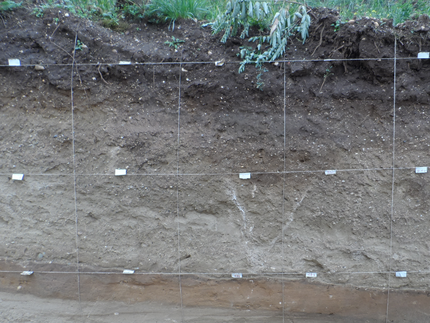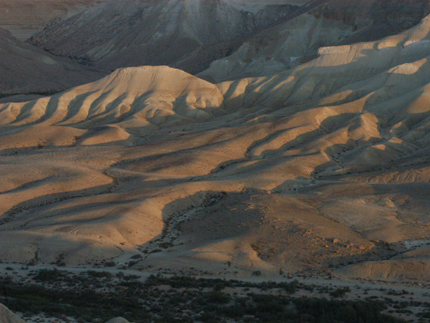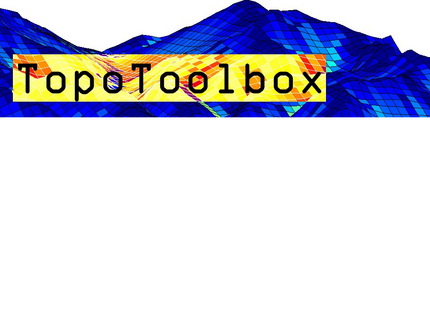Environmental system modelling
Sediment transport and sediment properties
Sediments on the earth's surface are continuously rearranged, with rivers playing a particularly important role. Rivers continuously transport sediments from the place of production (e.g. mountain slopes) to another deposition site (e.g. to the oceans). The properties of the sediments produced (chemical composition, quantity, particle size distribution) vary according to local conditions. Sediment deposits are therefore used to reconstruct environmental conditions from the past. These sediment properties, on which the reconstructions are based, are modified in the course of transport along the rivers, which makes the reconstructions more difficult.
On the one hand, we investigate the relationships between local environmental conditions and the properties of the sediments produced. Furthermore, we investigate sediment transport along river systems, changes in sediment properties during transport, and the influence of sediments on the morphology of the channel bed itself. Based on this we reconstruct environmental conditions from the past by a detailed analysis of sedimentary properties in sedimentary sediments.
The influence of soil properties on near-surface processes
The interaction of soil hydrological parameters and precipitation properties determines how the stand precipitation is distributed on and in the topsoil. In particular, we investigate under which circumstances these parameters and their spatial patterns affect the formation of surface runoff.
Near-surface processes in near-natural small catchment areas
In this thematic area we follow the path of open-air precipitation from its impact on the canopy to groundwater and channels, its chemical changes occurring along the way, as well as the transport work it does along the way.
The influence of environmental changes on near-surface processes
The vegetation cover occasionally changes spontaneously, but often locally and regionally. We investigate how such changes directly affect relevant soil properties and indirectly influence runoff formation and sediment transport.
TopoToolbox
We develop the MATLAB-based software for the analysis of digital terrain models. TopoToolbox finds applications in tectonic geomorphology, but also in hydrology, glaciology and natural hazard research.
Further information can be found here.






